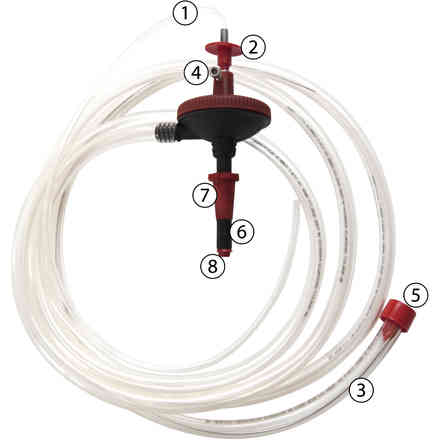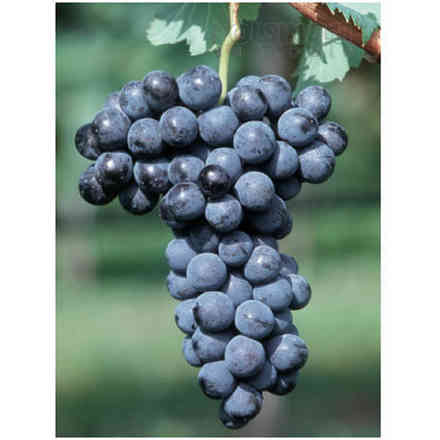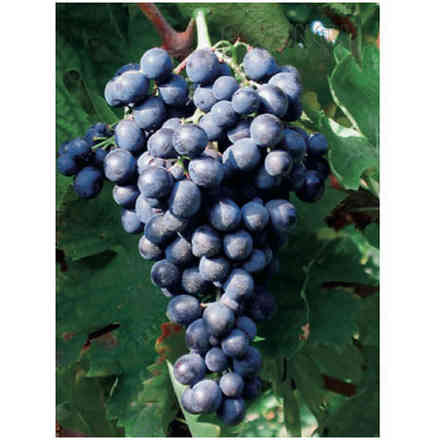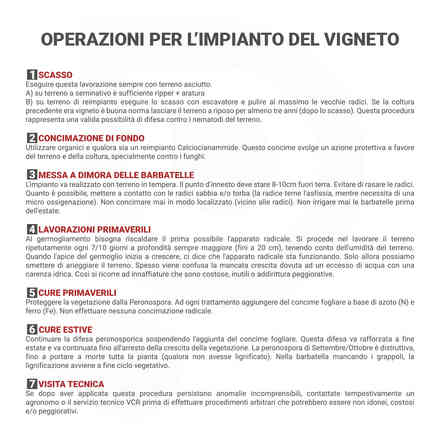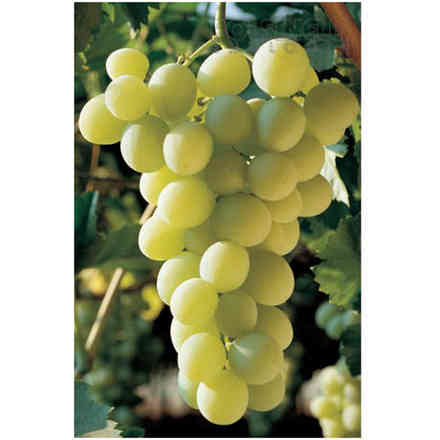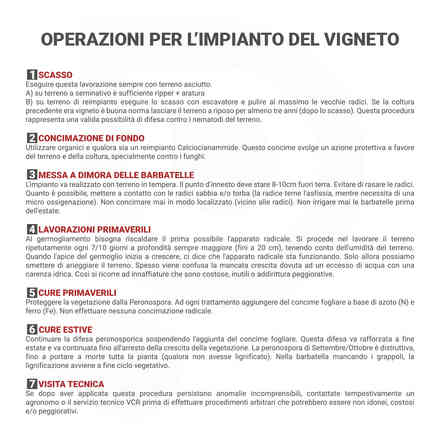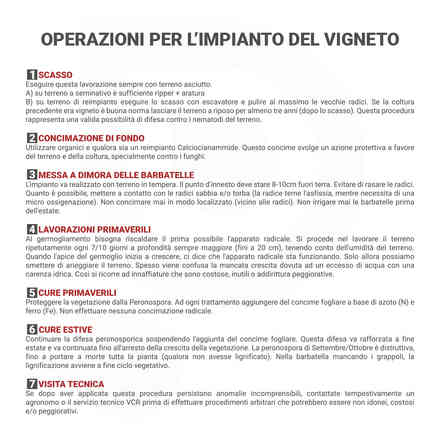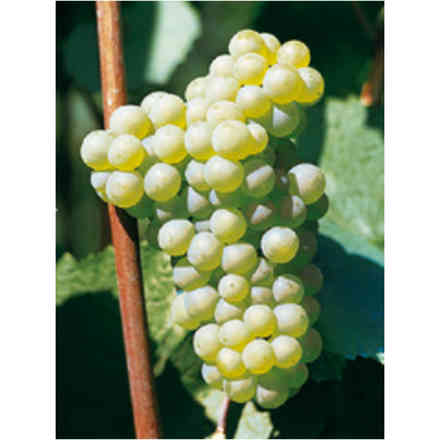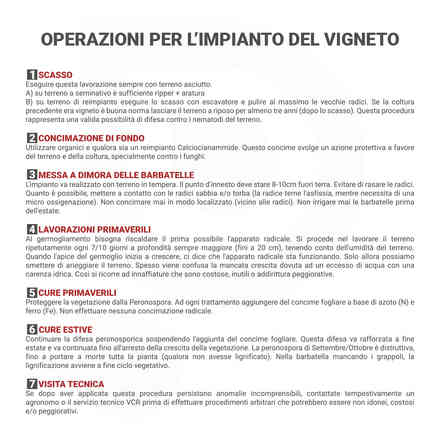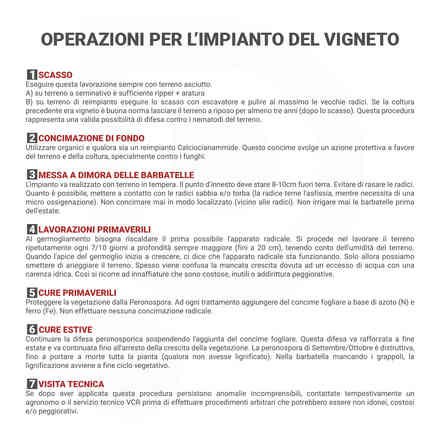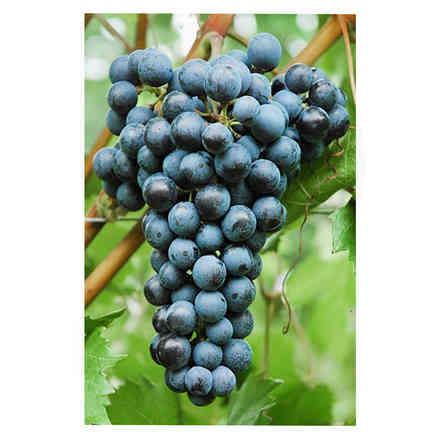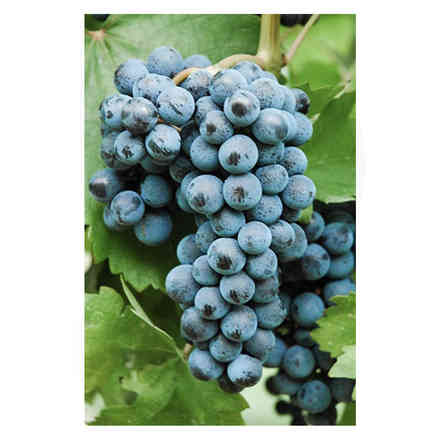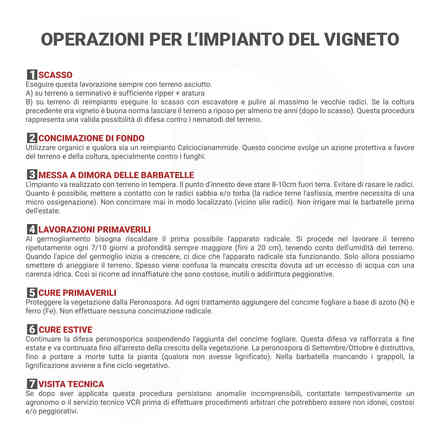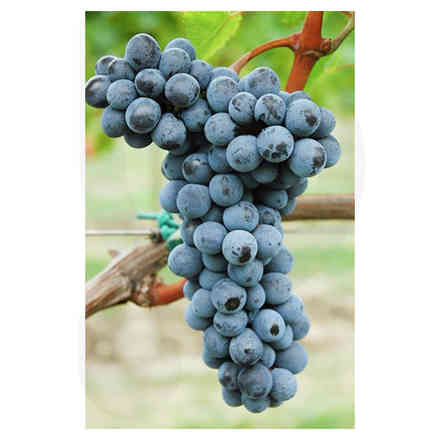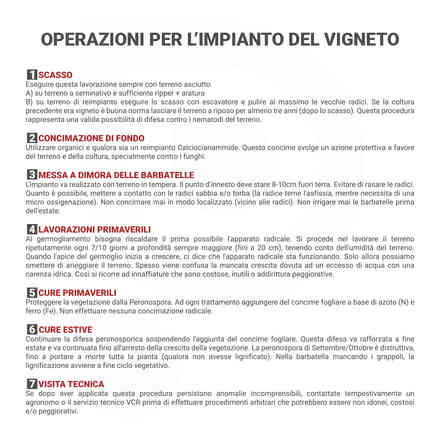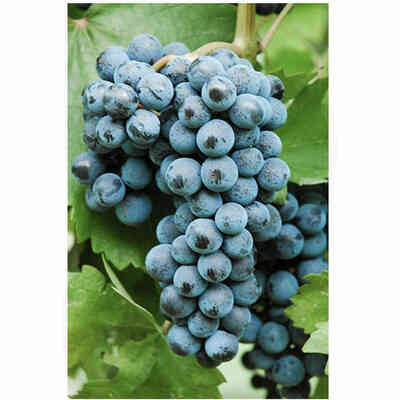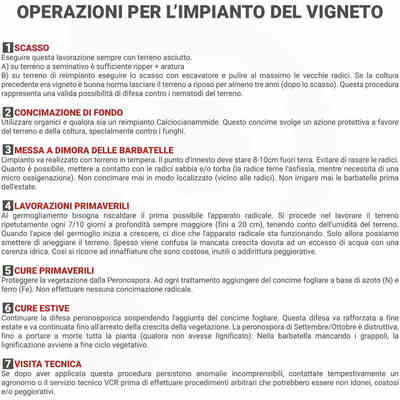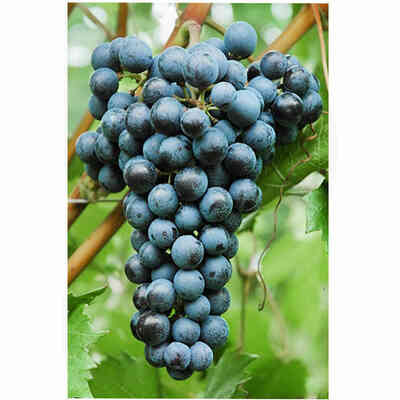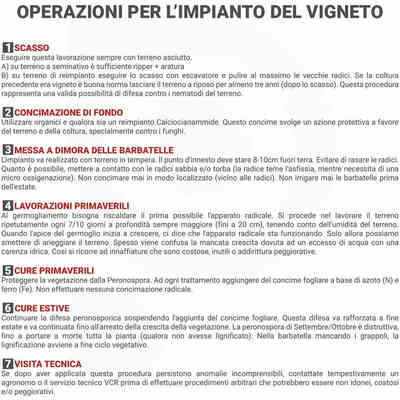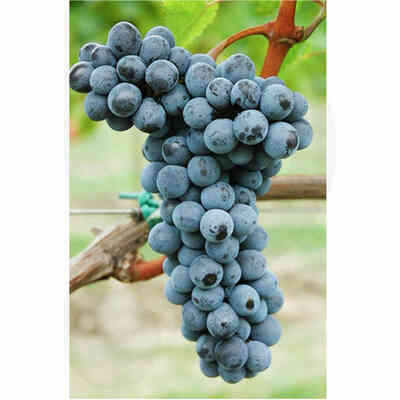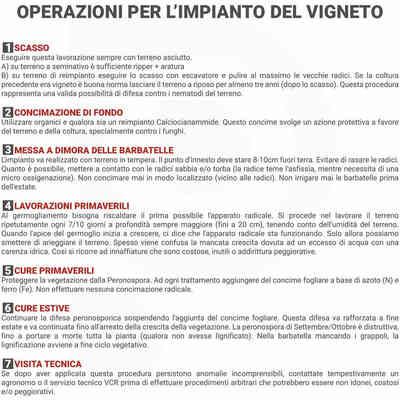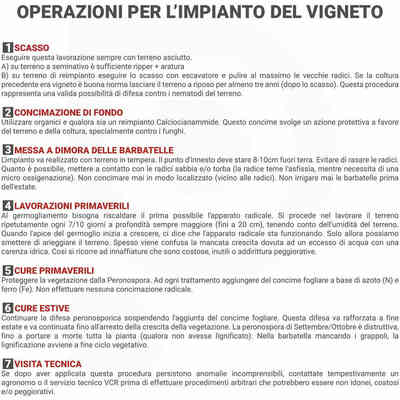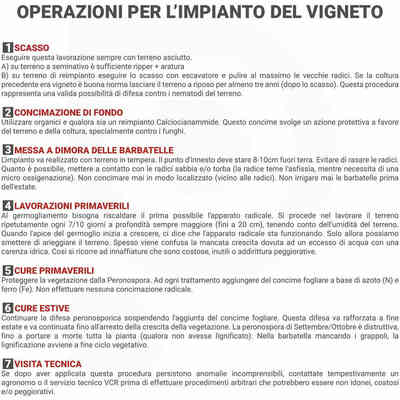
Cabernet sauvignon (10 pieces)
Description
 AUTHORIZED RETAILER
AUTHORIZED RETAILER
Barbatella Cabernet Sauvignon (10 pieces)
Rootstocks: 1103P - K5BB - S04 - 140RU - 420A (We will send the graft carrier available at the time)
Of French origin, in the Bordeaux area, the vine is widespread in warm-temperate areas all over the world. Initially introduced in the Tre Venezie, it subsequently found areas of cultivation almost everywhere in Italy, especially in areas with higher thermal summations. According to OIV estimates, in 2000 the world area of Cabernet Sauvignon was 160,000 ha.
- Ampelographics: the variety is fairly homogeneous, the differences being in bunch shape and vigour. Bud with expanded apex, with evident pinkish tones. Leaves are medium-sized, pentagonal, five-lobed and with a closed petiolar sinus with overlapping edges, almost glabrous. Cluster medium-small, cylindrical, often with an evident wing, moderately compact. Berry medium, spheroid; consistent skin; flesh a little fleshy and slightly herbaceous flavour.
- Cultivation requirements: moderately vigorous vine, tendentially upward-facing shoots with medium-short internodes. Adapts to warm climates or in any case to dry and windy climates; in the north it prefers well-exposed soil in the hills and stony or clayey, well-drained soil on the plains. It does not accept soils that tend to be fertile and humid, which would lead to poor lignification, and climates with insufficient thermal summation.
- Cultivation and pruning: it adapts to different forms of cultivation and pruning, as long as they are reduced according to the environments chosen for cultivation. It should be pruned medium-long in the north, while in the centre-south it can be pruned medium-short. Green operations are very important to create the right balance between vegetation and production.
- Sprouting time: late.
- Ripening time: medium.
- Production: medium and constant.
- Sensitivity to disease and adversity: susceptible to wood diseases (esca, eutiposis) and rachis dryness, especially if grafted onto SO4, which makes it necessary to control the K/Mg ratio in the soil. Certain French clones are incompatible with 3309C.
- Oenological potential: gives wines of an intense ruby red colour, tending towards violet, full-bodied, alcoholic, aromatic and with a slight, characteristic herbaceous flavour. With ageing it refines considerably. Vinified with other wines, it improves its organoleptic characteristics. The best wines are obtained from vineyards cultivated in well-drained and well-exposed gravel soils or on hillsides with slightly clayey-calcareous soils.
Clones in multiplication: Cabernet Sauvignon R5, VCR8, VCR11, VCR19, ISV2, ISV105, ISV117, ISVFV5, ISVFV6; French clones: Inra-Entav 15, 169, 338, 685.
CULTIVATED AREA IN ITALY
YEAR 1970 1982 1990 2000 2010
HECTARES 846 1,677 2,403 8,042 15,795
RULES TO PLANT A VINEYARD
1. PLOW
You must perform this operation always with dry soil
A) On arable land is generally sufficient to ripper + to plow
B) On planting soil is generally sufficient to plow with an escavator and to clean the old roots.
If the previous crop was a vineyard, it is a good idea to leave the soil fallow for at least three years (after plowing). This procedure represents a valid possibility of defence against soil nematodes.
2. SOIL FERTILIZATION
Use organics and if it is a reimplantation, use Calciumocyanamide.
This fertiliser has a protective effect on the soil and the crop, especially against fungi.
3.PROPAGATING GRAPE VINE CUTTINGS
The planting should be carried out in temperate soil. The grafting point should be 8-10 cm above ground. Avoid shaving the redices. As much as possible, put sand and/or peat in contact with the roots (the root fears asphyxiation, while it needs a micro-oxygenation). Never fertilize in a localized manner (near the roots). Never water the rooted cuttings before summer.
4.SPRING WORKS
When sprouting, the root apparatus must be heated as soon as possible. Work the soil repeatedly every 7/10 days at increasing depth (up to 20 cm), taking into account the moisture of the soil. When the apex of the bud starts to grow, it means that the root system is functioning. Only then can we stop watering the soil. Failure to grow due to access to water is often confused with a lack of water. This is why watering is used which is expensive, useless or even worse.
5.SPRING CURE
Protect vegetation from Peronospora. To each treatment add nitrogen (N) and iron (Fe) foliar fertilizer. Do not make any radical fertilization.
6.SUMMER CURE
Continue with the defense against Peronospora by suspending the addition of the foliar fertilizer. This defense should be reinforced in late summer and should be continued until vegetation growth stops.
The September/October blight is destructive, to the point of bringing death to the whole plant (if it has not lignified). The rooted vine lacks clusters, so lignification occurs at the end of the vegetative cycle.
7.TECHNICAL VISIT
If incomprehensible anomalies persist after this procedure, contact an agronomist or the VCR Technic
























